When to plant broccoli – for the best and biggest harvest
Knowing when to plant broccoli is vital for a healthy crop, but get it right and you’ll reap the rewards


You do need to know when to plant broccoli to ensure success with your homegrown crop.
One of the great joys of growing your own vegetables is that you get to harvest armfuls of super-tasty produce that’s better than anything you can buy in the shops – and broccoli is a prime example of that.
The first step in how to grow broccoli is knowing when to plant broccoli – and in most US regions there are two possible options.
It’s a cool season crop, meaning that as soon as temperatures rise and days get longer, broccoli will flower – known as ‘bolting’ – and will no longer produce spears. So keep reading to find out exactly when to plant broccoli, so you can avoid this happening.
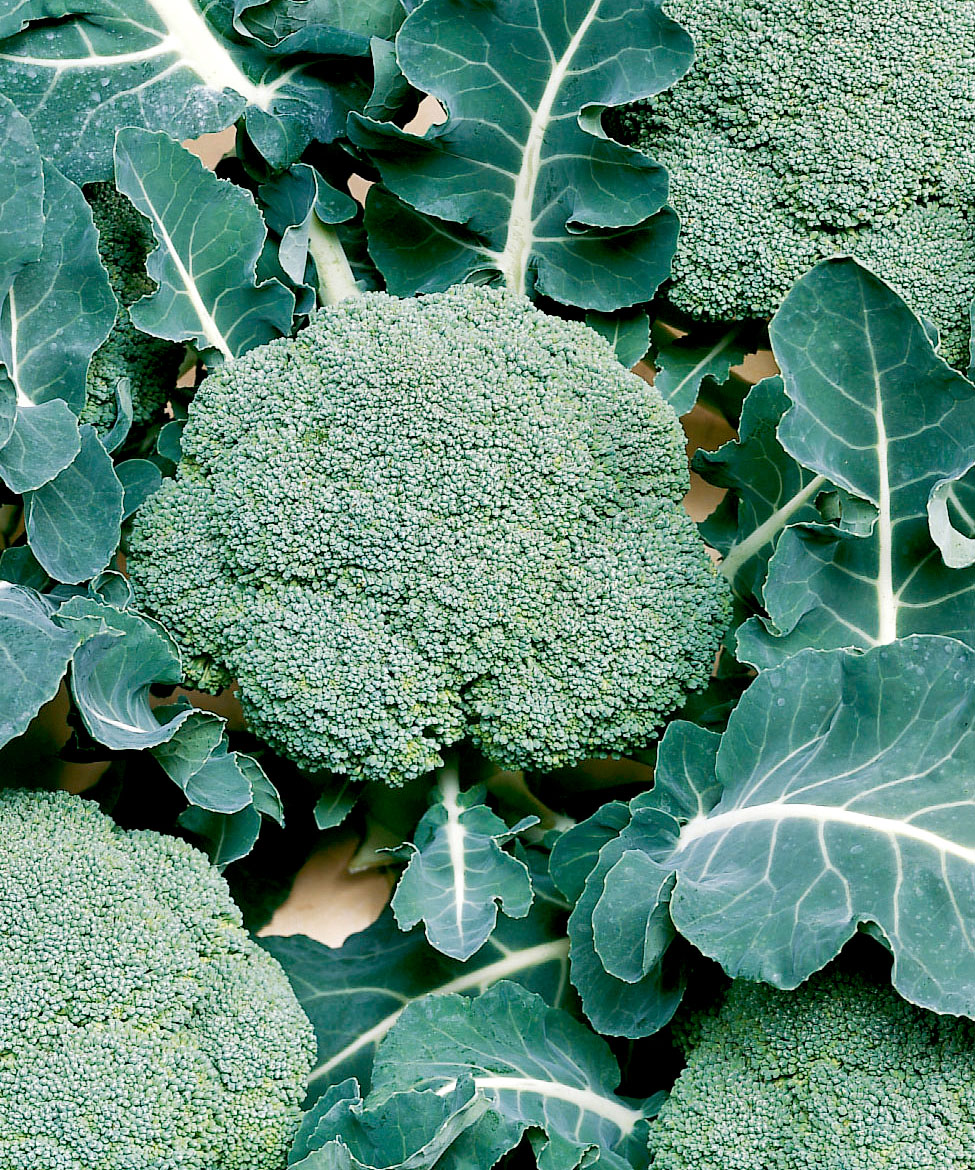
When to plant broccoli
To ensure your broccoli plants mature in the cool months of the year, you can either plant them in late winter or early spring as part of your vegetable garden ideas, for a harvest in spring and early summer the following year. Alternatively, if you live in a milder region, you can also plant broccoli in late summer or fall for a winter harvest.
In the UK, spring or early summer planting is best.
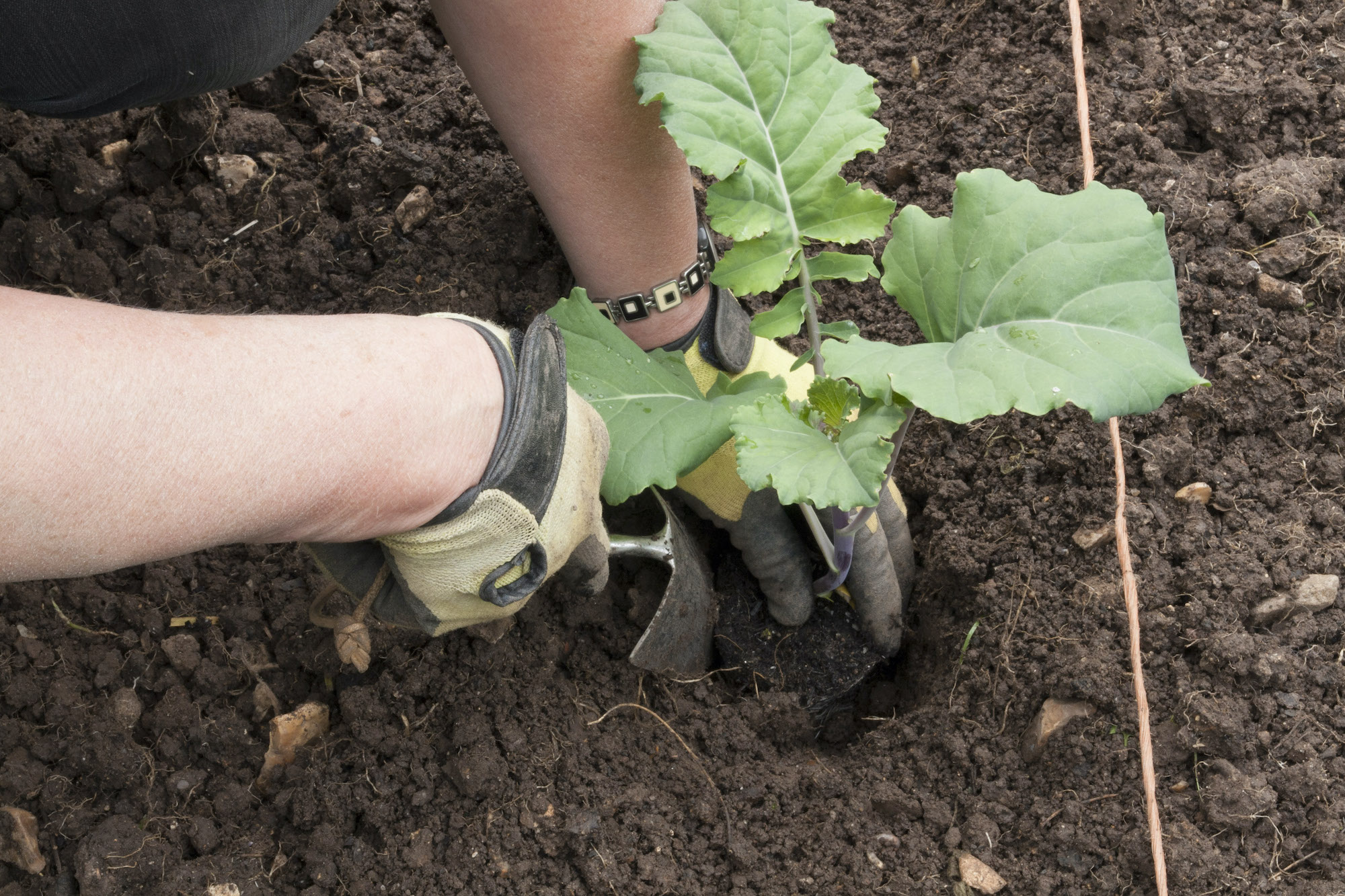
When is the best month to plant broccoli?
Unless you are going to buy ready-grown baby plants or plugs, you first need to sow the broccoli seed.
Design expertise in your inbox – from inspiring decorating ideas and beautiful celebrity homes to practical gardening advice and shopping round-ups.
If you want to plant broccoli in spring, sow seeds indoors in individual cells or 9cm pots, five or six weeks before the last frost is likely in your region. This is a job you can add to your list when planning a greenhouse.
Around three weeks after germination, harden the seedlings off for a few days and then transplant them into the garden or veg plot.
The aim is to harvest spring broccoli before daytime temperatures reach the mid-60s°F, so make sure there’s enough time for the variety you grow to mature before days start to become warm.
In regions that are mild in winter, you can also sow seed indoors in late summer and plant them out in fall for a winter harvest the following year.
Refer to your calendar of when to plant vegetables, and choose when to plant broccoli by reference to other crops you will be growing, and to make the best use of your growing space for successional harvests.

When can I plant broccoli outside?
‘Broccoli should be started from seed when temperatures are low,' explains TV presenter and garden designer Mark Lane.
'Direct sow outside 2-3 weeks before the last frost. Then plant them outdoors ready to grow over summer and winter, and mature before high temperatures come along again,’ he adds.
Once it’s growing well, broccoli is frost tolerant – so even if it turns unexpectedly cold in the winter after planting, you will still get a tasty crop.
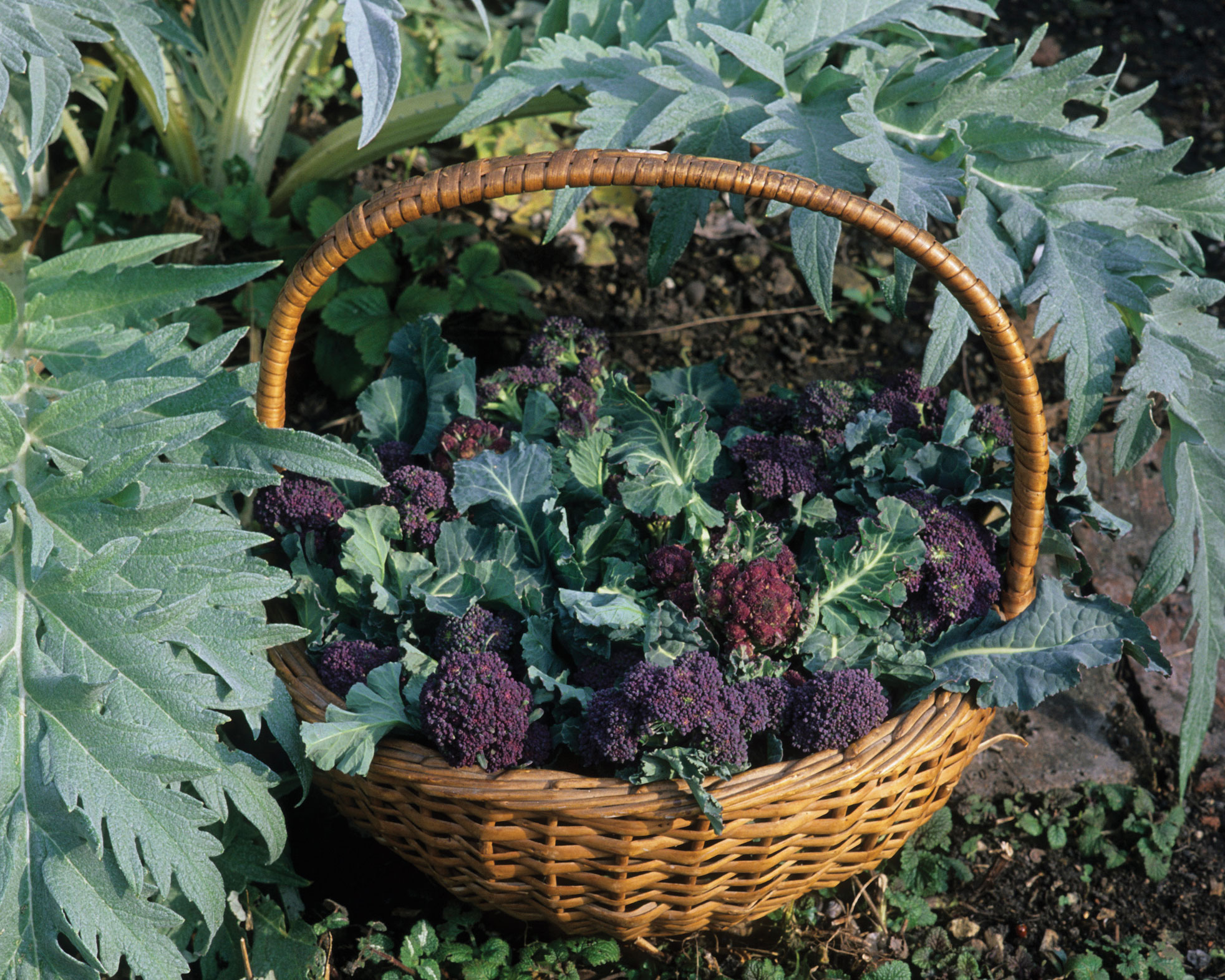
How long does broccoli take to grow after planting?
Broccoli can take a while to grow depending on when you plant it, so you do need a little patience when growing it, explains Frances Tophill, BBC Gardeners’ World presenter.
‘Broccoli is one of my favorite vegetables to eat, but plants that go into the ground in spring sit in your beds through the whole summer and winter, before finally producing their florets the following spring. It’s worth the wait, though, as you should be able to harvest the florets for about a month on each plant between March and May, depending on when you sowed your seeds,’ she explains.
Because of its long time to maturity, it's probably best to only sow a small crop of broccoli if you're looking at small vegetable garden ideas, as you'll need to give precedence to fast producing crops for a continual harvest.
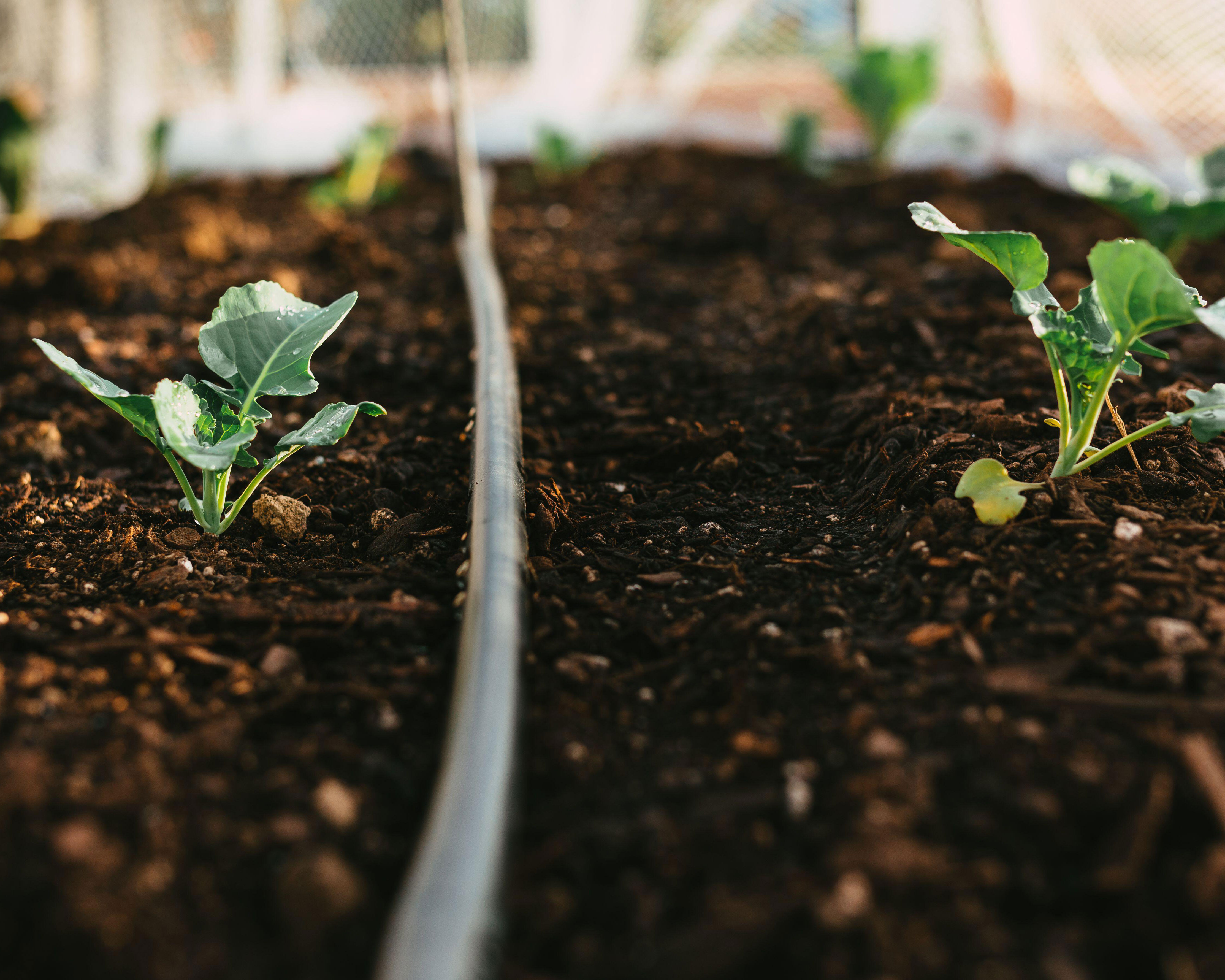
How do you maintain broccoli after planting?
Broccoli is easy to grow if you plant it at the correct time, but ‘during their long maturing time, broccoli plants are prone to attack from birds and a whole host of insects,’ says Frances Tophill.
‘For this reason, netting is really important for broccoli. To avoid the plants bolting early, keep the roots cool by planting them deep, and mulching them, regularly irrigating in dry weather and making sure they have plenty of nutrients in the soil,’ she adds. You can enrich the soil and provide the best growing conditions through permaculture gardening practices.
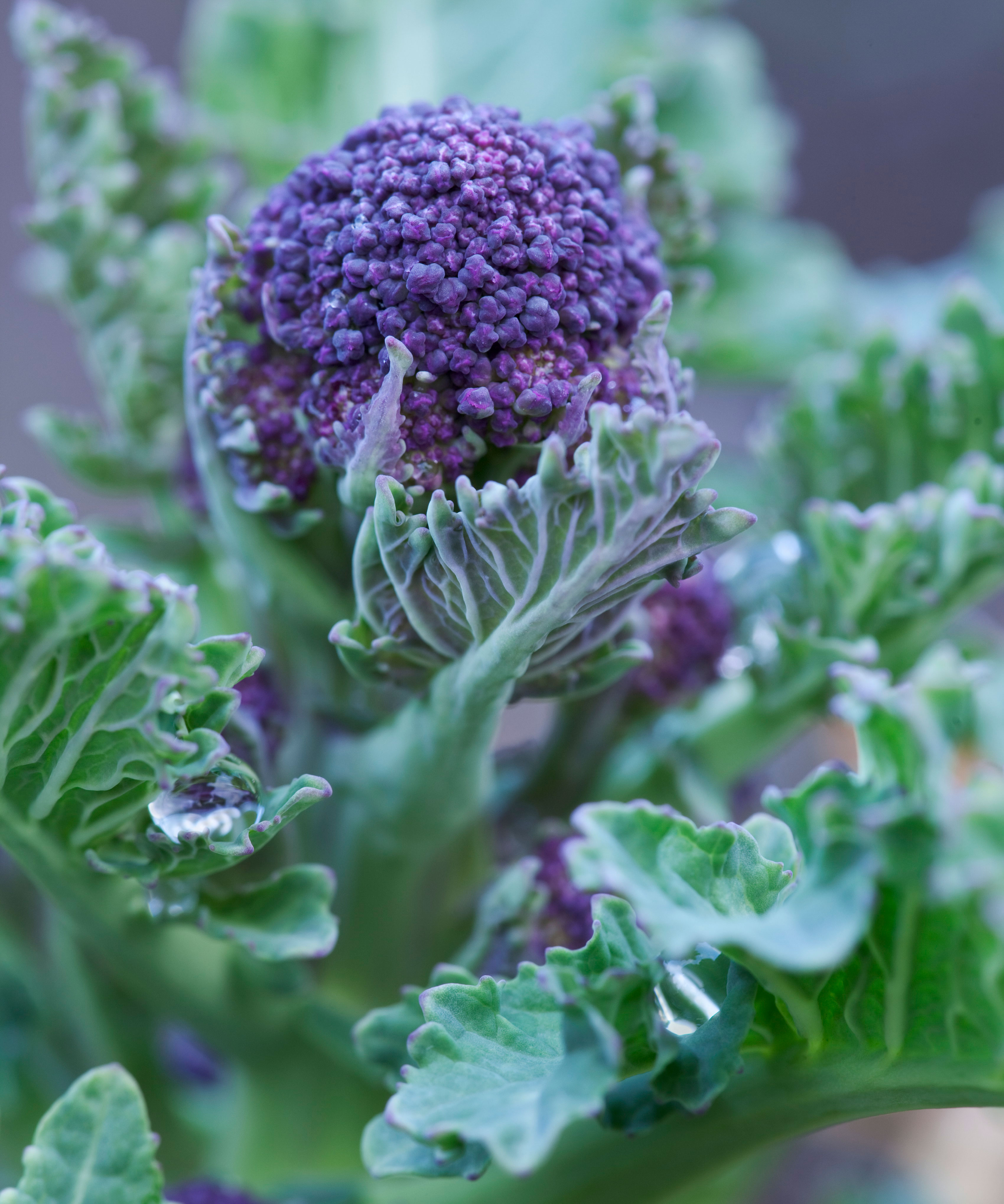
Insects can also be a problem in the US, agrees Jo-Ellen Meyers Sharp, president of GardenComm in Indianapolis.
‘Broccoli is prone to getting tiny worms or caterpillars in the heads, but these are relatively easy to control with Bacillus thuriengiensis (Bt),’ she explains.
This is a naturally-occurring bacteria that lives in the soil and is toxic to some insects. It’s best applied, sparingly, at the first sign of attack, usually in early summer.
There is a way round this though: ‘March and April sowings are less at risk of caterpillar damage,’ says Charles Dowding, vegetable expert, no-dig gardening advocate and author of many books, including Veg Journal.
To protect your crops further from pests and help boost the yield, also look at companion planting them alongside beneficial crops.
Can you grow broccoli all year?
You can't grow broccoli all year, as it is a cool season crop, but you can choose to plant your seeds or plug plants at different times of the year, as above, to harvest broccoli for many months on end.

Sarah Giles is a freelance journalist who writes about her two main passions: gardening and food. For the last ten years she has been gradually designing her country garden, slowly been putting into practice all the garden design ideas she's been mulling over for years, although she admits she is forever starting on a new project, so it's a constant 'work in progress'.